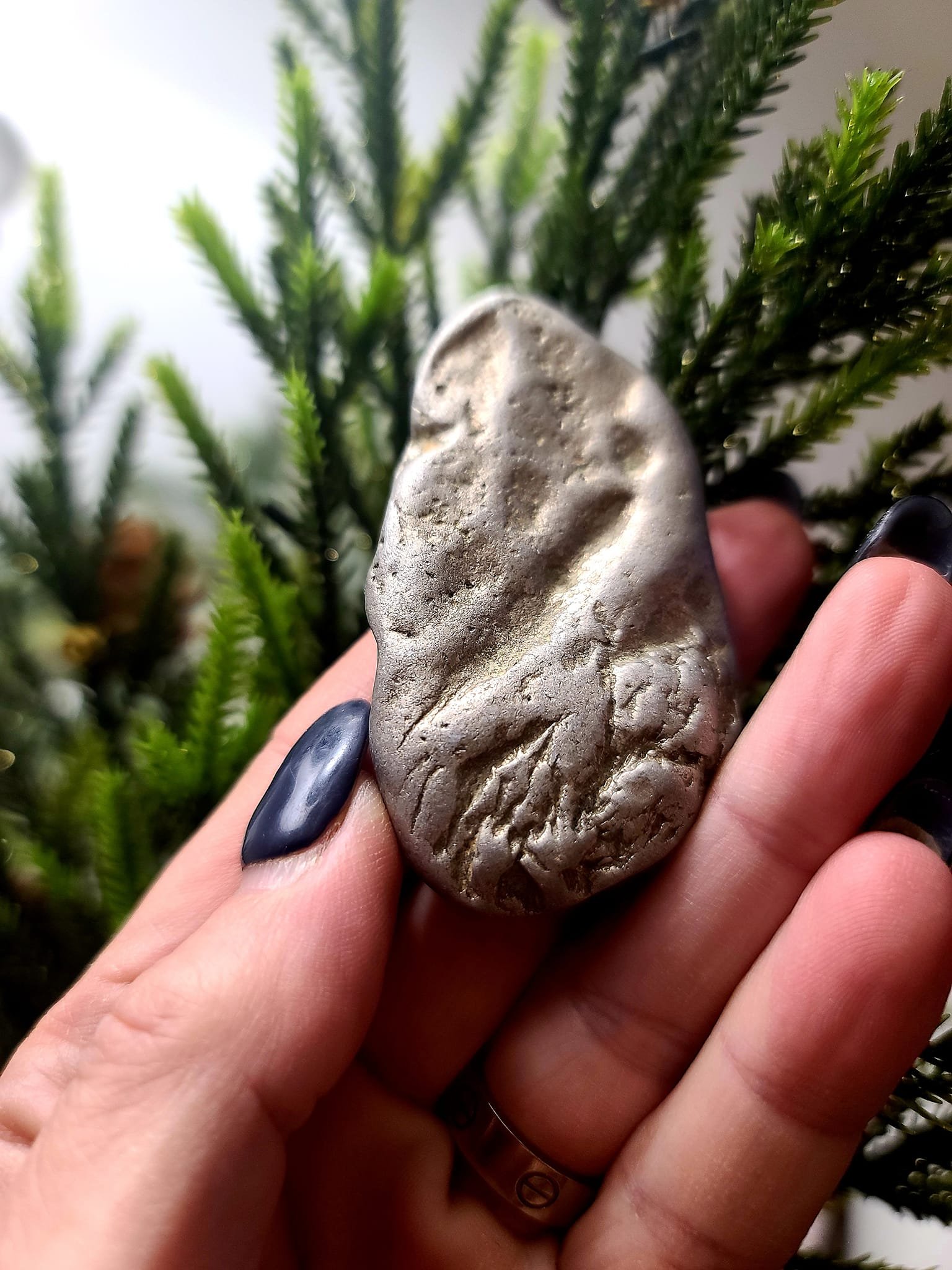So you found silver metal on the beach. What is it?
Photo courtesy of Christine Louise Morningstar-Fuller
“I found the strangest piece of shiny metal in the sand today! What did I find?!”
This question gets asked a lot. You were walking the beach and something shiny caught your eye. You picked it up and found yourself holding a shiny silver metal. Your heart races… what did you find? Did you find silver? Platinum? A meteorite? Your google mineral identification app tells you that it’s osmium (true story), the rarest metal on Earth and that your piece, at half the size of your thumb, is the largest nugget ever discovered—you’re rich! You’re ecstatic. You’re going to buy a yacht now!
Well, is that right?
Should you quit your job and plan on retiring on the proceeds of your big upcoming osmium sale? Did you find a rare and precious metal? Well, let’s consider how it looks and feels first.
Even without seeing it, I can tell you it’s mostly smooth or it has large portions that are smooth. It’s a softer metal that has been worn smooth in the surf and it’s fairly lightweight. It’s probably very shiny as well. That’s unusual for a metal because most metals tarnish pretty quickly, especially when wet. Right away you know it’s not silver because silver quickly tarnishes black. But where has this beautiful lightweight untarnished metal come from? And why is it so light when osmium and platinum are famously so heavy?
The answer is as simple as it might be disappointing: it’s very important to remember that we live in a geological period called the Anthropocene. That is, in layman’s terms, the human period.
Photo Courtesy of Shirley Elizabeth
Humans have contaminated almost every surface and environment on the planet and the shores are no exception. That means, before you even begin to consider natural sources in a place frequented by people, you need to consider human sources.
Beaches are popular with people— people who like to sit around campfires at night. Drinking beer. And when some people drink too much, they throw their beer cans into the campfire to watch them melt.
That’s right.
What you’ve found, my friend, is aluminum. You’ve found… a melted beer can! I’m sorry to disappoint you, but it’s common to every shore— from Maine to Michigan, California to Hawaii. Where people go, they drink, they make bonfires, they litter and some litter by melting their cans in those bonfires, creating molten aluminum that cools into what you’ve found: beercanite. Waves washed away the charred bonfire remains and the aluminum was carried into the surf to be deposited wherever it was you found it.
Call the auction house to cancel the osmium sale, call your boss and try to get your job back— you won’t be retiring on the sale of that piece of aluminum!









